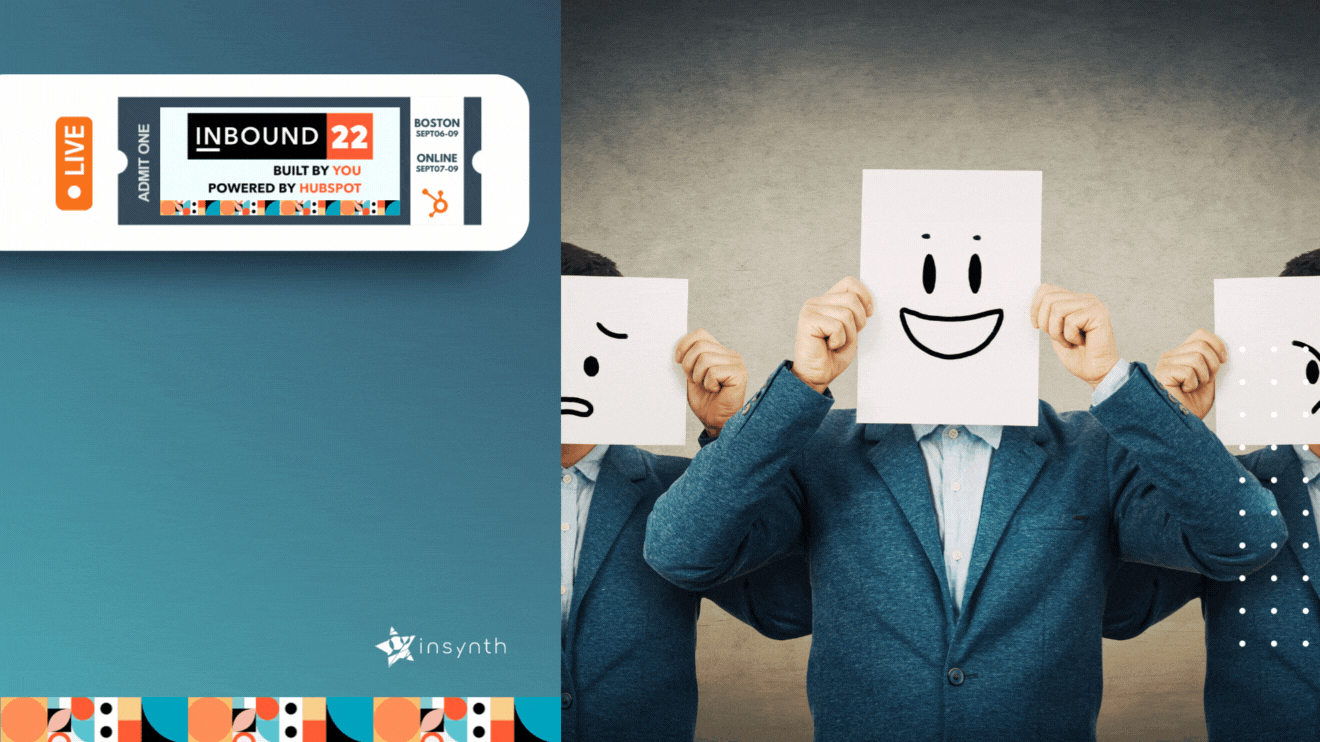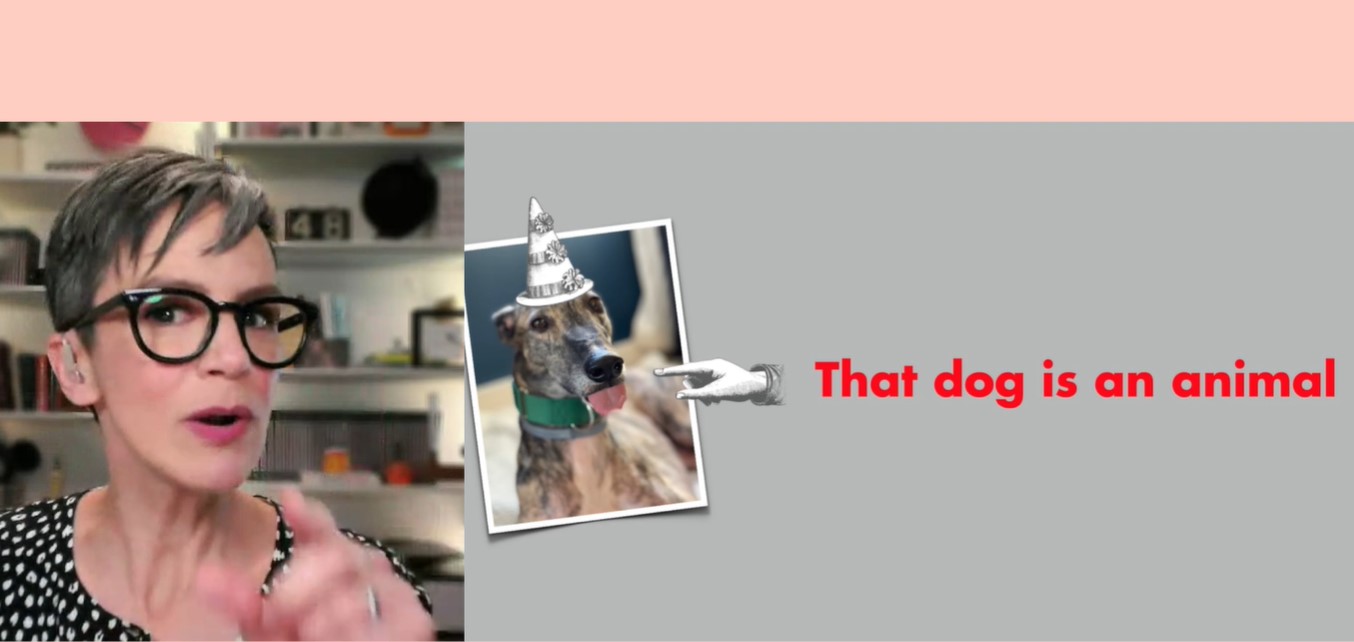1 min read
#INBOUND22 The Logic of Emotion: How to Make Inaction possible
![]() Dom D'Angelillo
:
09-Sep-2022 15:54:11
Dom D'Angelillo
:
09-Sep-2022 15:54:11

Problem / Solution.
It’s with that formula that many, many marketing campaigns have been created. Offering solutions to our customer’s problems seems like the most logical approach doesn't it?
According to Tamsen Webster, author of Finding The Red Thread, it doesn’t always work.
Presenting only two sides misses an important 3rd piece of the puzzle.
During this 45-minute‘ dive into psychology, Tamsen explained precisely how you can position your marketing, so your content creates a ‘moment of truth' in the audience's mind.
This makes inaction, impossible.
What Is anagnorisis?
Simple. It’s the true nature of circumstances within narratives. It’s a term often found in plays throughout history and ties into the wider idea.
A complete story is logical, but an incomplete one is not.
Tamsen gives the example of the original Star Wars trilogy, without the middle ‘conflict’ part, the final part couldn’t happen. We know Darth Vader is Luke’s Dad, which gives reason for the final move.
Likewise, with a picture of Walnut (her greyhound) our brain instantly realises it’s a dog and we know we want to give it some affection!
But what is that middle part that connects problem and solution?

The Silent Assumption
Between your problem and solution lies a deep-seated psychological belief called the silent assumption.
Rewind the clocks to renaissance medicine (and the likely marketing from those days). The problem is you feel unwell, the solution was very often leeches, and the silent assumption - and the part universally overlooked in marketing – is that leeches are good for your health.
That’s the sticking point, your customers need to know why the solution solves their problem, not that it simply ‘does’. Discovering the why makes action “irresistible” Tamsen claims.
So, What Does This Mean?
Take your building product, for instance, it might be manufactured with no carbon, offering sustainable benefits.
The problem for your customer is that they need to reach net zero and the solution is your product. But why? The silent assumption here (and therefore the irresistible part) is that every positive needs a negative, the negative is the zero carbon you’re trying to achieve.
In suggesting that you need to remove carbon in the silent assumption, the solution presents itself in a much clearer means.
To Sum It Up
What does this mean for your marketing?
Well, it doesn’t mean that the problem-solution method doesn’t work. All it suggests is that you can add more information to it in order to take customers over the line.
They’re not rational decision-makers after all, they’re rationalising decision-makers and need justification for their actions.
